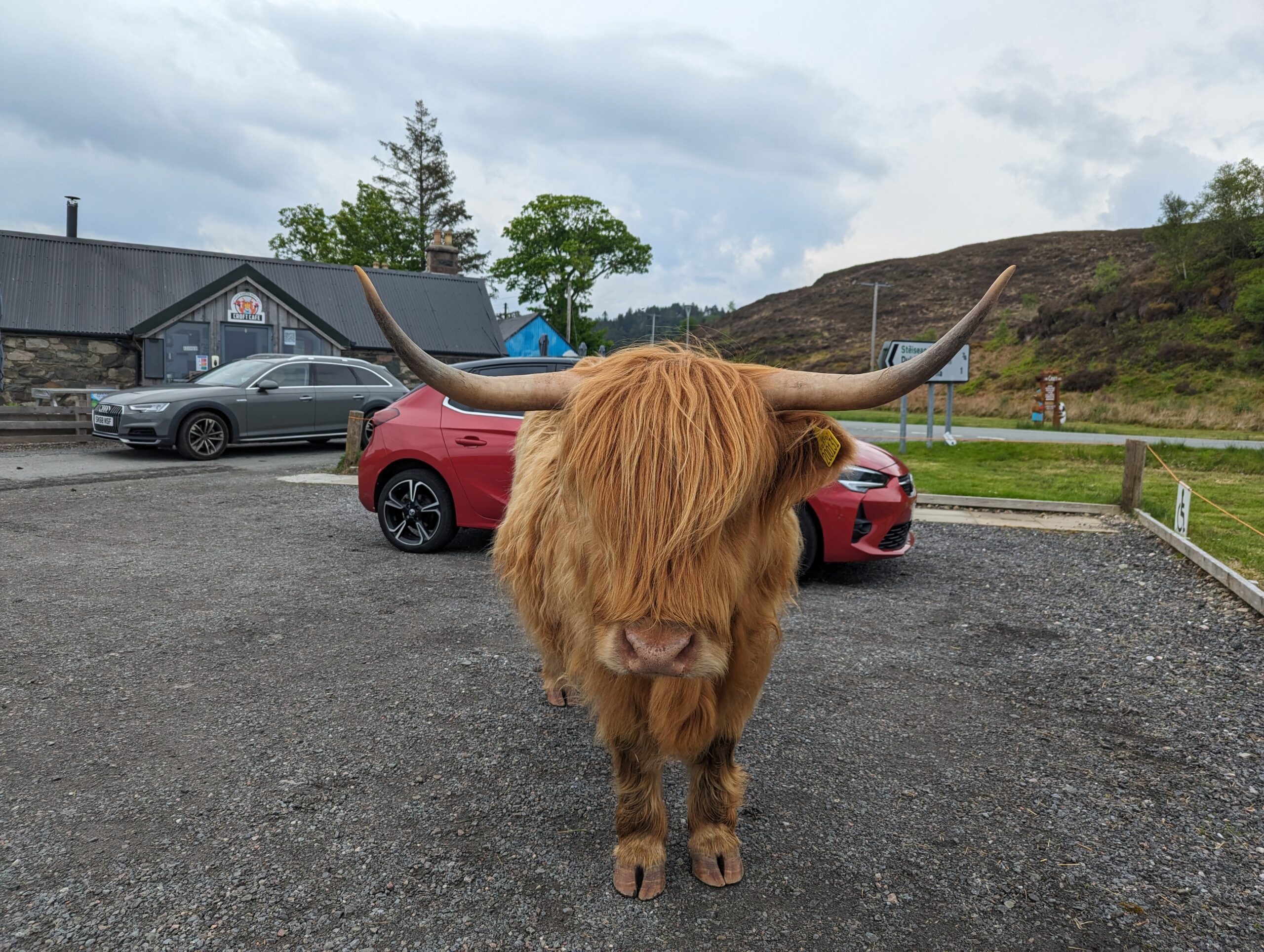April 4, 2024. Spring lasted about 3 days, and now it’s snowing and starting to stick. I meant to post pictures of our pear and cherry trees, now in full bloom, but not today! Still, this is their best year since they were planted and are full of flowers. A day ago, bees were all over the trees so I’m sure we’ll have a decent crop of fruit.
These are heirloom varieties, trees we purchased about 5 years ago from the Felix Gillet Institute outside of Nevada City. The vision of Amigo Bob Cantisano to locate, preserve and propagate fruit and nut trees dating back to the Gold Rush is alive and well. Many of these trees have survived without care for decades out in the forest – amid abandoned house sites and forgotten mining camps. Rather than try to rephrase what the Institute is achieving I’ll offer a quote from their website – I feel they say it best:
“We have passionately searched out to re-discover the living library of plants still scattered across Northern California, left over from the Gold Rush era in the 1800’s and early 1900’s. We have personally found out these trees and have taken cuttings directly from the 100+ year old grandmother trees that still hang on in these ghostly orchards. 95% of plants available then are no longer available. We are saving what is left before they die. We offer very rare and exclusive plants and some we may have only just found.
95% of plants available then are no longer available. We are saving what is left before they die. ” Jenifer Bliss, Adam Nuber and Joy Waite
In my first post 3 days ago, I mentioned I enjoy hiking the canyons and mountains of the Sierra Nevada range. On some of these adventures my wife, Wendy, and I have discovered apples, pears and cherry trees growing where company towns used to exist for employees of small gauge railroad companies harvesting timber outside of towns such as Dutch Flat and Gold Run. Even the small valley we live in was once a thriving fruit orchard of pears and apples.
The ghost town of Bodie State Historic Park, at an elevation of almost 8400 feet and where I volunteer, still has the original hops plants from the 1880’s when beer was brewed at the town.
All of these plants are worthy additions to any garden and add a sense of history to the landscape while helping to preserve the heritage of early California nurseries.



